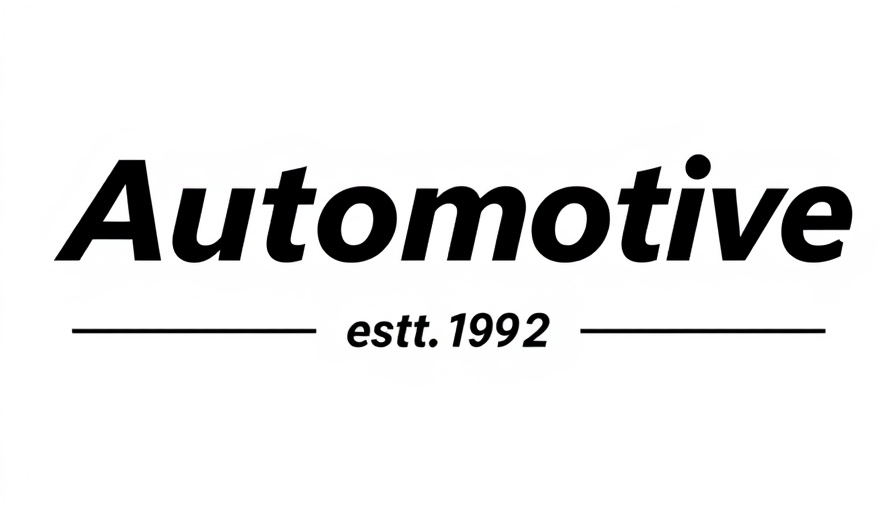
The Impending Impact of Tariffs on Automotive Repairs
In recent weeks, dealerships across the nation have begun to feel the weight of new tariffs affecting their operations. With nearly half of OEM (Original Equipment Manufacturer) parts sourced from abroad, this shift is expected to dramatically influence repair costs—potentially adding hundreds to the price of necessary services. According to PartsTrader, around 44% of OEM parts utilized in collision repairs originate from outside the United States, while a significant majority of aftermarket components are produced in Taiwan. The looming question among dealers is not whether prices will rise, but how they can proactively shield their earnings amidst these pressures.
Seizing the Opportunity Before Costs Escalate
As dealerships brace for change, they have a timely opportunity to revisit services that customers previously declined. It's a well-known fact that many service departments hold a wealth of untapped revenue in their Multi-Point Inspection (MPI) tools. Services such as brake repairs, alternator replacements, and tire installations create the pivotal chance for dealers to reach out and encourage customers to reconsider their past decisions—especially before tariffs amplify repair costs.
Effective Tools to Boost Customer Engagement
For dealership owners and general managers, this juncture presents an ideal moment to engage with customers who postponed essential work. By utilizing tools like Xtime’s suite of services, dealerships can seamlessly revisit declined recommendations and communicate timely updates. These tools also allow service departments to prioritize appointments based on service type, creating an efficient workflow and maximizing customer satisfaction.
Customer Education: A Key Component
Part of protecting revenue in this changing landscape involves equipping customers with critical information. Understanding that a standard brake job already costs around $150 per hour—in addition to parts costing up to $1,000—will help inspire customers to act before potential tariff increases hit their wallets. Educating customers on the benefits of completed repairs now versus later strengthens their trust and loyalty towards the dealership.
Strategizing for Future Growth Despite Challenges
As the automotive industry faces these rising service costs, dealerships should not panic. Instead, they should look forward and develop strategies to combat these changes effectively. This includes maintaining open communication with customers, promoting the necessity of preventative maintenance, and re-engaging those who have previously postponed essential services. It's a pivotal moment for dealerships to not just survive but thrive amid change.
Embrace Change and Secure Competitive Advantage
As tariffs reshape the operational landscape for dealerships, being proactive is key. Embracing innovative tools, revisiting past customer interactions, and prioritizing communication will allow dealers to sustain their margins while reassuring clients of their value. The dealership that adapts first will not only safeguard their revenue but also solidify their standing as a trusted partner for their customers.
 Add Row
Add Row  Add
Add 

 Add Row
Add Row  Add Element
Add Element 




Write A Comment